LOVE
Just wanted to get one picture posted from this afternoon’s wedding of Grace and Adrien at the Clover Forest Plantation. Credit to Keith Andes for the idea to do this. Here’s the video.
Just wanted to get one picture posted from this afternoon’s wedding of Grace and Adrien at the Clover Forest Plantation. Credit to Keith Andes for the idea to do this. Here’s the video.
A photo of mine from the 30th Chesapeake Bay Laser Masters Championship back in October was selected for the cover of the International Laser Class Association – North American Region newsletter: The Laser Sailor.

The photo features David Schoene and Keith Davids in a close finish during the 1st race on Saturday.

I’m planning on doing a lot of sailing this summer and when I’m on bigger boats than my Laser I want to be able to have my Nikon D7000 DSLR close at hand. I can’t use the camera while I’m actually sailing, but there will be plenty of downtime while aboard when there is no splashing and I could easily pull the camera out if it were handy. I plan to use the camera for both stills and video so I’ll need to have extra batteries and a Sennheiser MKE400 Shotgun Microphone. To make this work, I need:
I found the Pelican Storm iM2075 for $45 that was just the right size for Nikon D7000 and a 17-55mm lens without the grip or my side-plate mounted microphone holder. It’ll fit the camera with the lens hood, plus the microphone, 3 EN-EL15 batteries and a couple of AAA batteries for the microphone.
Completed case with camera and accessories in place:

Basic case with foam:

The case comes with two pieces of foam blocks. I cut one of them roughly in half to form the bottom of the case that the camera will rest on.
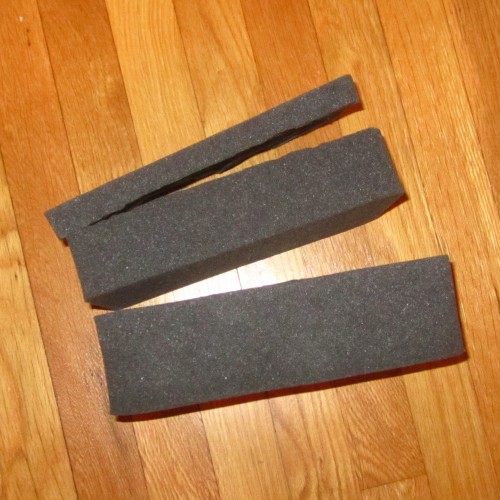
Used toothpicks to plot the size of the camera on the foam on the uncut block foam:
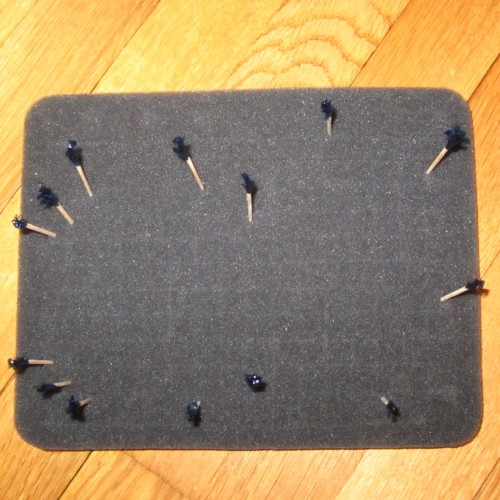
Remove the 1cm x 1cm foam squares for a custom fit around the camera:
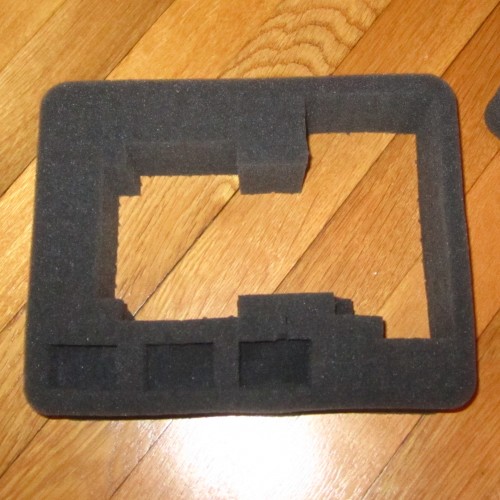
Put 1/2 of the foam in the bottom of the case, and then cut 2 of the 1cm blocks at half of their height so that the AAA batteries are sitting on foam and not the bottom of the case where they’ll clank and make noise:

Put the customized piece of foam over the flat piece of foam and put the Camera and batteries in place:

I then added the strap to the camera and placed the Sennheiser mic alongside the camera:
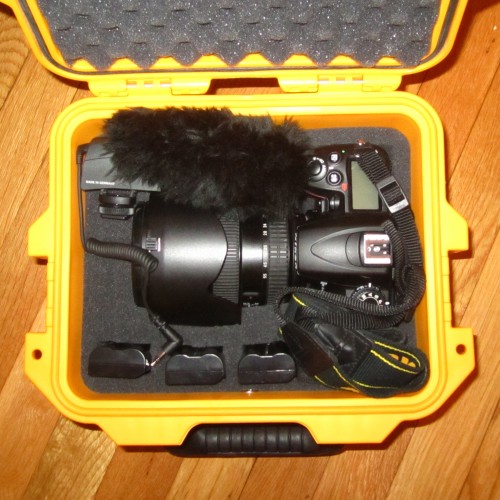
Now that the year is over I wanted to reflect on my favorite photos from 2011. Here’s the 2010 edition.
April 16, 2011 a stormy sunset over Annapolis. (This was the actual lighting, no processing whatsoever).
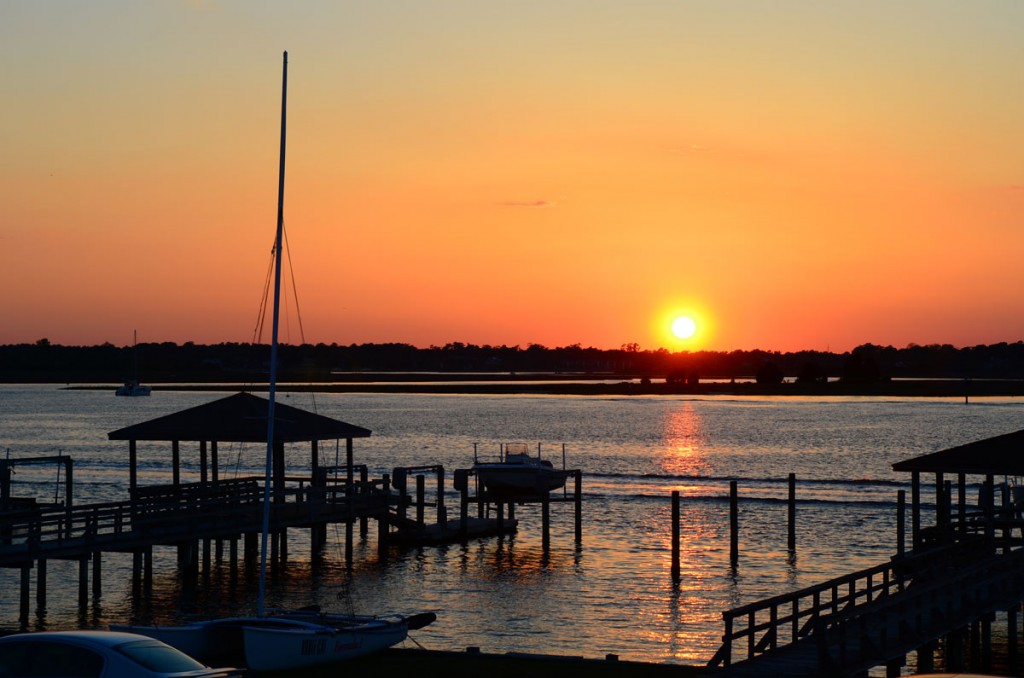
April 29, 2011 Sunset over the sound in Wrightsville Beach NC during the 2011 Laser Atlantic Coast Championship.
May 28, 2011 Race to Urbanna looking back at the fleet sailing under the Rappahannock River Bridge.
July 8, 2011 Leukemia Cup Regatta Voodoo2, Double Eagle and Afterthought sailing downwind.
August 20, 2011 Smith Point Race – Afterthought passing by a setting sun.

August 27, 2011 Sitting in the dark while Hurricane Irene pummels VA.
October 1, 2011 tailgate tent with the sky behind during the ECU vs. UNC tailgate.
October 15, 2011 Lasers getting ready to head out on the water at Fishing Bay Yacht Club during the 30th Chesapeake Bay Laser Masters Championship.
October 15, 2011 a close finish at the 30th Chesapeake Bay Laser Masters Championship.
October 16, 2011 Fleet start at the 30th Chesapeake Bay Laser Masters Championship.
October 16, 2011 Fleet sailing downwind at the 30th Chesapeake Bay Laser Masters Championship.
October 16, 2011 Fleet sailing downwind past Mr. Roberts during the 30th Chesapeake Bay Laser Masters Championship.
October 29, 2011 Sunset during the ECU vs Tulane game at Dowdy-Ficklen Stadium.
A run in Pony Pasture Park in Richmond, Virginia on an unseasonably warm January afternoon. It was a chance to test out some new camera equipment.

Today I had a very successful LASIK surgery. I have a nice break before the sailing season starts and I’m looking forward to going sailing and not having to deal with contacts/glasses.
Recently finished a video which will be used in early 2012 to promote Fishing Bay Yacht Club’s Crew Training Program.
I celebrated my 30th birthday Saturday night. Thanks to everyone who came out and made it such a fun time!
More pictures can be found here.
What fun is having all of these leaves if you can’t jump in them?
The final home game of the season for ECU football is over. It’s been a great year! Pictures.